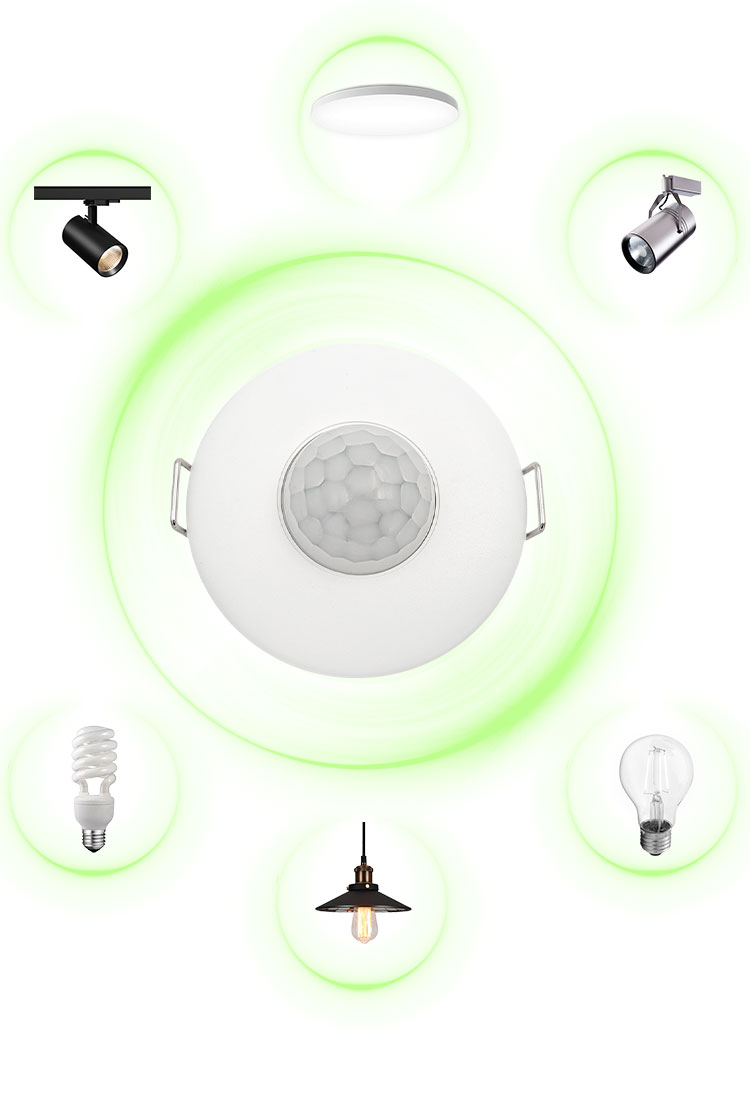
Dual-mode Sensors: The Future of Intelligent Sensing is Here
In today's rapidly advancing technological landscape, sensor technology has become a bridge connecting the physical and digital worlds. Among these, dual-mode sensors are leading the new trend in sensing technology with their unique advantages. Whether in smartphones, smart homes, industrial automation, or medical devices, dual-mode sensors are quietly transforming the way we live and work.
1. Technical Principles and System Architecture of Dual-mode Sensors
Dual-mode sensors achieve high-precision detection of human presence by integrating infrared and radar dual-mode detection technologies. Their core logic employs a three-level triggering mechanism involving ambient light, infrared, and radar: when the infrared sensor detects a heat source signal, the system combines data from the ambient light sensor to assess lighting conditions and finally uses millimeter-wave radar (such as the CEM5825F module) to confirm the target's position and movement status. This multi-sensor collaborative approach reduces false alarms by over 70% compared to single-sensor solutions.
Main Control Unit: Low-power MCUs like the ESP32, responsible for signal fusion and decision-making.
Perception Layer:
1、Infrared module (e.g., SR-602) detects human thermal radiation.
2、24GHz radar module (e.g., CEM5825F) measures distance and motion vectors.
2、Ambient light sensor (e.g., BH1750) adjusts threshold sensitivity.
Communication Interface: Supports UART/I2C protocols for easy integration into smart home systems.
2. Application Scenarios
2.1 Smartphones
Modern smartphones widely use dual-mode sensors such as ambient light sensors combined with proximity sensors. These automatically adjust screen brightness and turn off the touchscreen during calls, enhancing user experience while saving energy.
2.2 Smart Homes
In smart home systems, temperature and humidity dual-mode sensors simultaneously monitor indoor temperature and humidity changes, providing precise data support for air conditioners, humidifiers, and other devices to create a more comfortable living environment.
2.3 Industrial Automation
In industrial settings, vibration and temperature dual-mode sensors monitor both the mechanical status and temperature changes of equipment, enabling predictive maintenance and avoiding losses caused by unexpected downtime.
2.4 Healthcare
In the medical field, blood oxygen and heart rate dual-mode sensors have become standard in wearable devices, offering users comprehensive health monitoring services.
3. Technical Advantages
3.1Space Efficiency: Multiple functions integrated into a single chip save valuable device space.
3.2Cost-Effectiveness: Dual-mode sensors reduce overall costs compared to using multiple independent sensors.
3.3Energy Efficiency: Shared power management and signal processing units reduce power consumption.
3.4Data Fusion: Simultaneous collection of multiple signals enables more complex scenario analysis and decision-making.
4. Future Prospects
With the rapid development of IoT, artificial intelligence, and 5G technology, dual-mode sensors will see broader application prospects. Future dual-mode sensors may integrate more sensing modes, possess self-learning and adaptive capabilities, and even achieve a certain degree of edge computing functionality.
At the same time, advancements in materials science and nanotechnology will make dual-mode sensors more miniaturized, low-power, and high-precision, providing technical support for ubiquitous intelligent sensing.
5. Conclusion
Dual-mode sensors represent an important direction in the development of sensor technology. Their multi-functional integration and intelligent features are driving technological innovation across various industries. As the technology continues to mature and costs decrease, we have reason to believe that dual-mode sensors will play a significant role in more fields, contributing to the construction of a smarter, more efficient, and sustainable future world.








